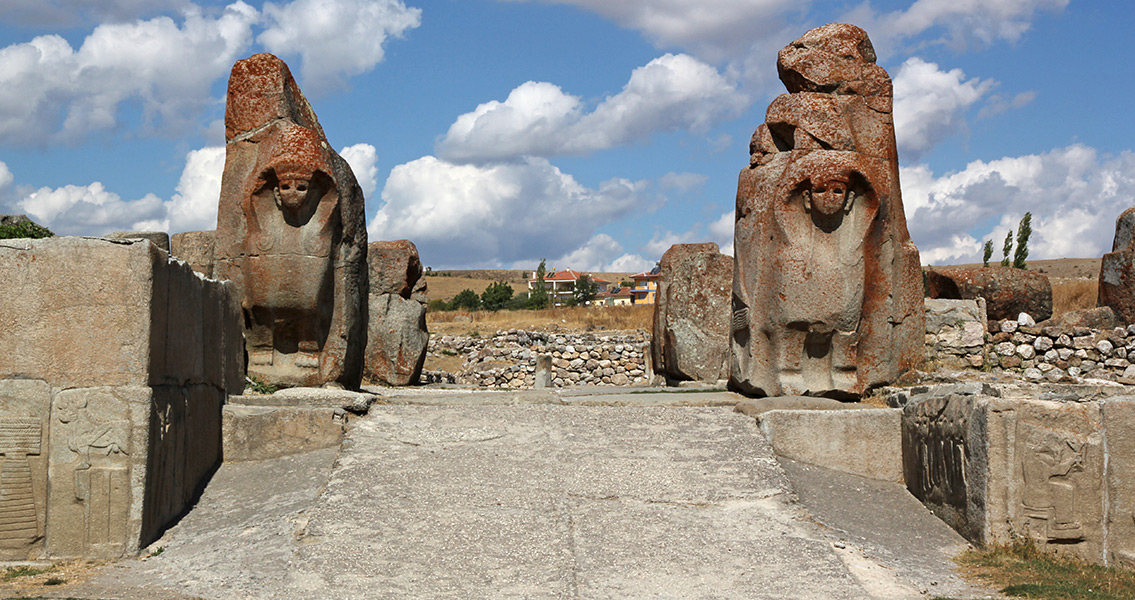<![CDATA[Archaeologists working at the Alacahöyük site in the Anatolian province of Corum, Turkey, have discovered a skeleton dating back to the Hittite era; the first time human remains from this time period have ever been found. A rare secret passage, believed to be 3,300-years-old, has also been unearthed at the site. Alacahöyük, the location of Neolithic and Hittite settlements, is home to royal tombs which date to the third century BCE, along with priceless artifacts including weapons, jewelry and vessels, as well as the earliest examples of stone and copper tools. The Alacahöyük archeological site is situated where the ancient city of Hattusa, the capital of the Hittite Empire, was located. Sometime around 5,000 BCE, the region which would eventually become the center of the Hittite Empire was populated by a people with their own distinct culture and non-Indo-European language. “Hattic” is the name given to this language by Anatolianists in order to distinguish it from the Indo-European language spoken by the Hittite culture beginning in the second-millennium BCE. Where the early Hittites migrated from is unknown, but they borrowed freely from the Hurrian and Hattian cultures already existing in the area, as well as from Assyrian colonizers, adopting the use of cylindrical seals and cuneiform writing for example. Given the considerable continuity between the Hattic and Hittite cultures, for example, the Hattic language continued to be used in the Hittite kingdom for religious purposes; it’s unclear whether the Hattia were displaced by the Hittite, absorbed by them, or simply adopted their language. The mound at Alacahöyük was settled and continuously developed beginning in the Chalcolithic Age when copper tools first began appearing next to stone tools. The mound was home to a flourishing Hattian culture early in the Bronze Age, and it has been continuously occupied since, including the construction of the small village there today. The remains of Alacahöyük however, many of which are still standing, date back to the fourteenth century BCE. Among the biggest discoveries at Alacahöyük were the “Royal Tombs”, which consisted of 13 shaft-type graves. The individuals, believed to have died between 2350 and 2150 BCE, were all buried facing south and in the fetal position. They were also adorned with an abundance of jewels, including gold brooches, crowns and belt buckles. Many of the artifacts found at Alacahöyük, including the bronze and gold objects found in the Royal Tombs, are today housed at the Museum of Anatolian Civilizations in Ankara. The most unusual artifacts being bronze standards: stags or bulls on pedestals, the purpose of which remains the subject of debate. Cast in copper, the standards, typically in the form of half-circles, flat circles and squares, are filled with a visible network of center crosses and cross bars. The culture illustrated by the tomb objects didn’t continue, but for some unknown reason was replaced by the Kültepe culture. The excavation work at the Alacahöyük site is being led by Ankara University. for Turkey’s Ministry of Culture. Image courtesy of Wikimedia Commons user: Ingeborg Simon ]]>
First-Ever Hittite Human Remains Discovered in Turkey
